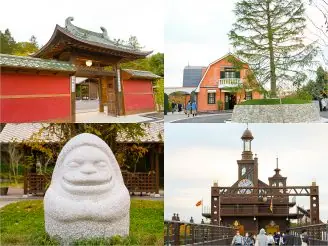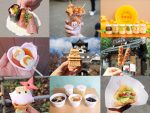Nagoya's long-established confectionery that continues to evolve. Factory tour of "Osu Uiro".

Table of Contents
Speaking of Nagoya's famous sweets, the trademark of two red lanterns is "Osu Uiro". Many people in Nagoya may have had the experience of looking forward to this dessert for school lunches.
In recent years, they have also put effort into the development of novel products such as the “Uiro Bar” that looks like an ice cream bar, and the “Uiro Monaka” that has Uiro inside the monaka.
The new gluten-free product "Ui" was born from Osu Uiro. This time, we will deliver a lot of content such as the secret story of the birth of "Ui", hit products, the history of Osu Uiro, and factory tours.
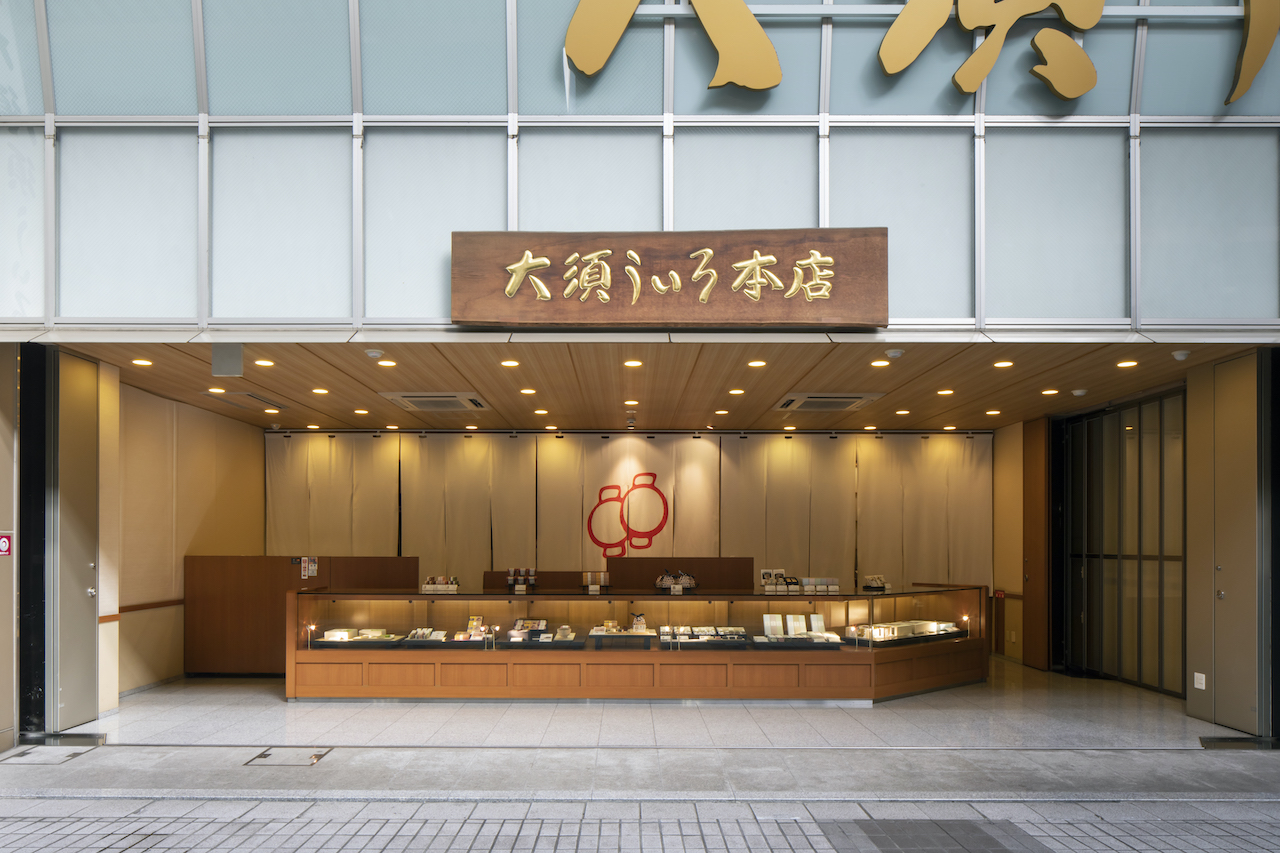

Osu Uiro got its start in 1947 (Showa 22) when it was founded on Niomon-dori in Osu Shopping Arcade. At first, they were making yokan, but they started full-scale production of uiro, which is in high demand. Currently, it is sold in more than 300 places, including directly managed stores.
It is generally called "Uiro", but Osu Uiro uses the name "Uiro". In addition, “Nairo”, which is made by adding strained bean paste to uiro, is a exclusive product of Osu Uiro, and both “Uiro” and “Nairo” are known as familiar sweets in Nagoya.
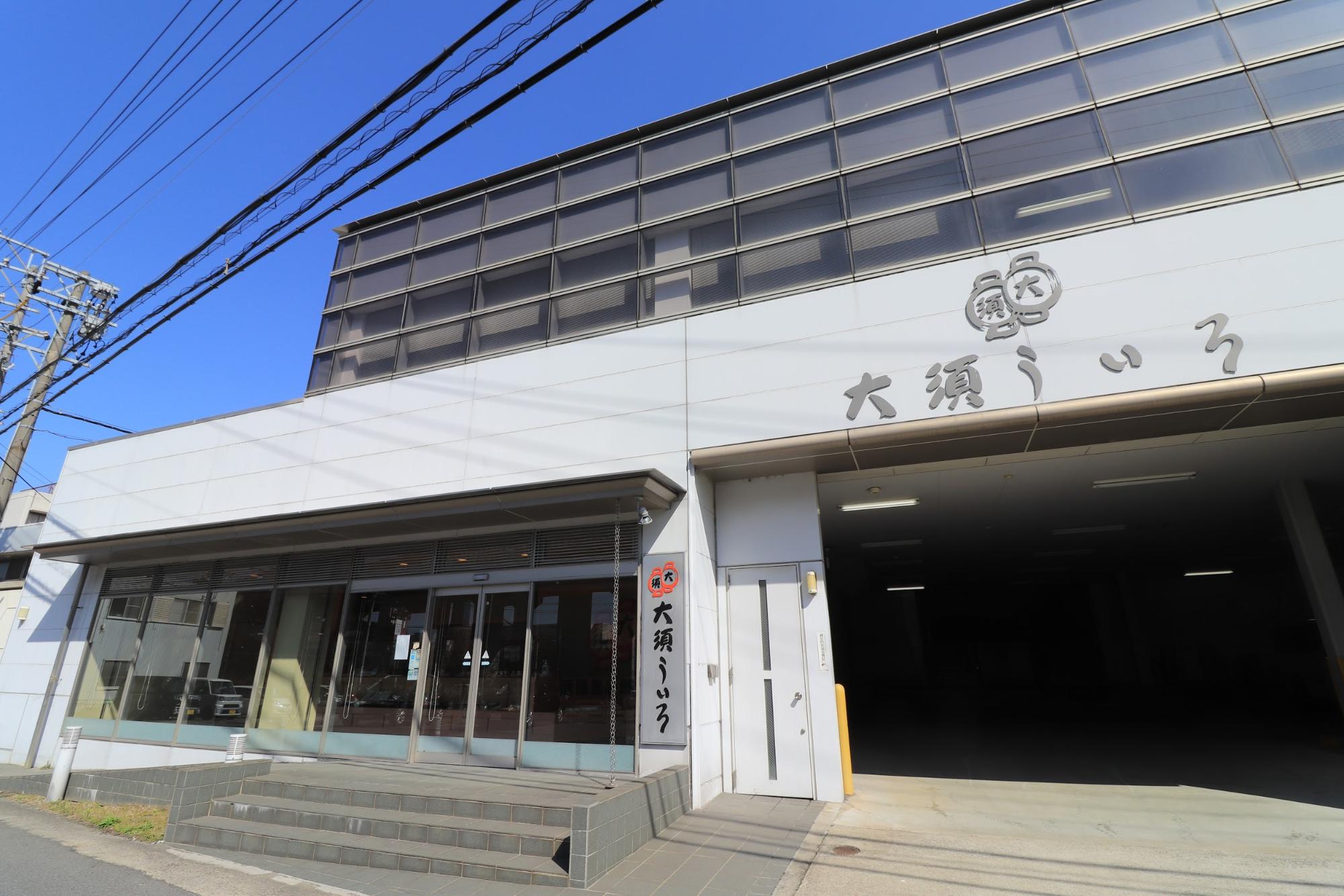
Such uiro and nairo manufacturing plants are located in Midori Ward, Nagoya City. This time, we specially observed the process of making Osu uiro.
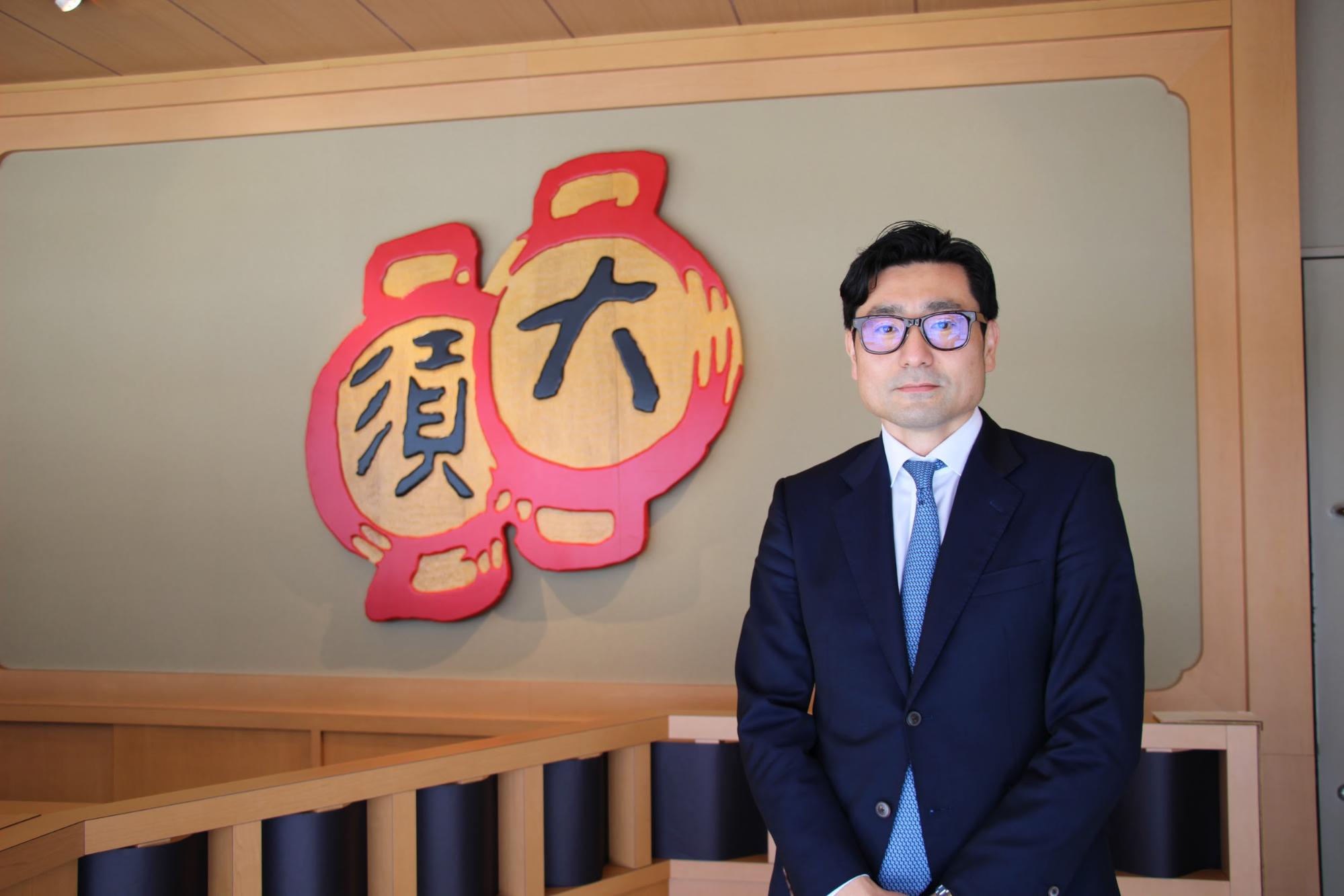
Mr. Kensuke Murayama, the 6th president of the company, will guide us.
Thank you!
Special uiro that makes use of the texture of rice flour
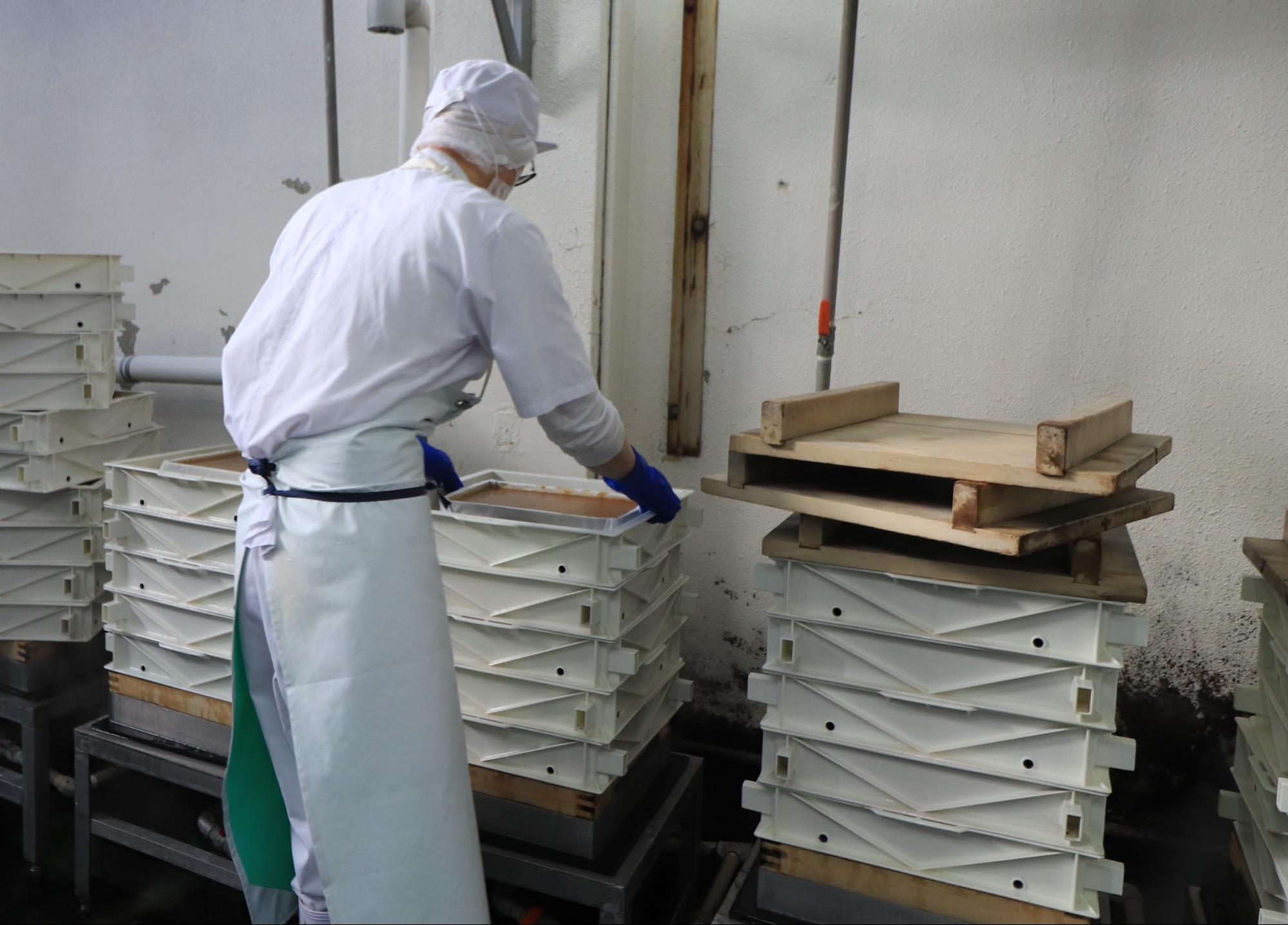
First of all, we were allowed to observe the production of "Ajiiro". Ajiiro is carefully made by craftsmen.
Murayama: "The uiro process is very simple. Rice flour and sugar are added to water and steamed in a bamboo steamer. Because it's so simple, it's difficult to maintain a consistent flavor. Especially at Osu Uiro, we value the texture of non-glutinous rice, and we value the sweetness and aroma of the rice. The taste of rice changes every year, even with the seasons, so it is up to the artisan to adjust the subtle flavors of the ingredients to create a traditional taste.
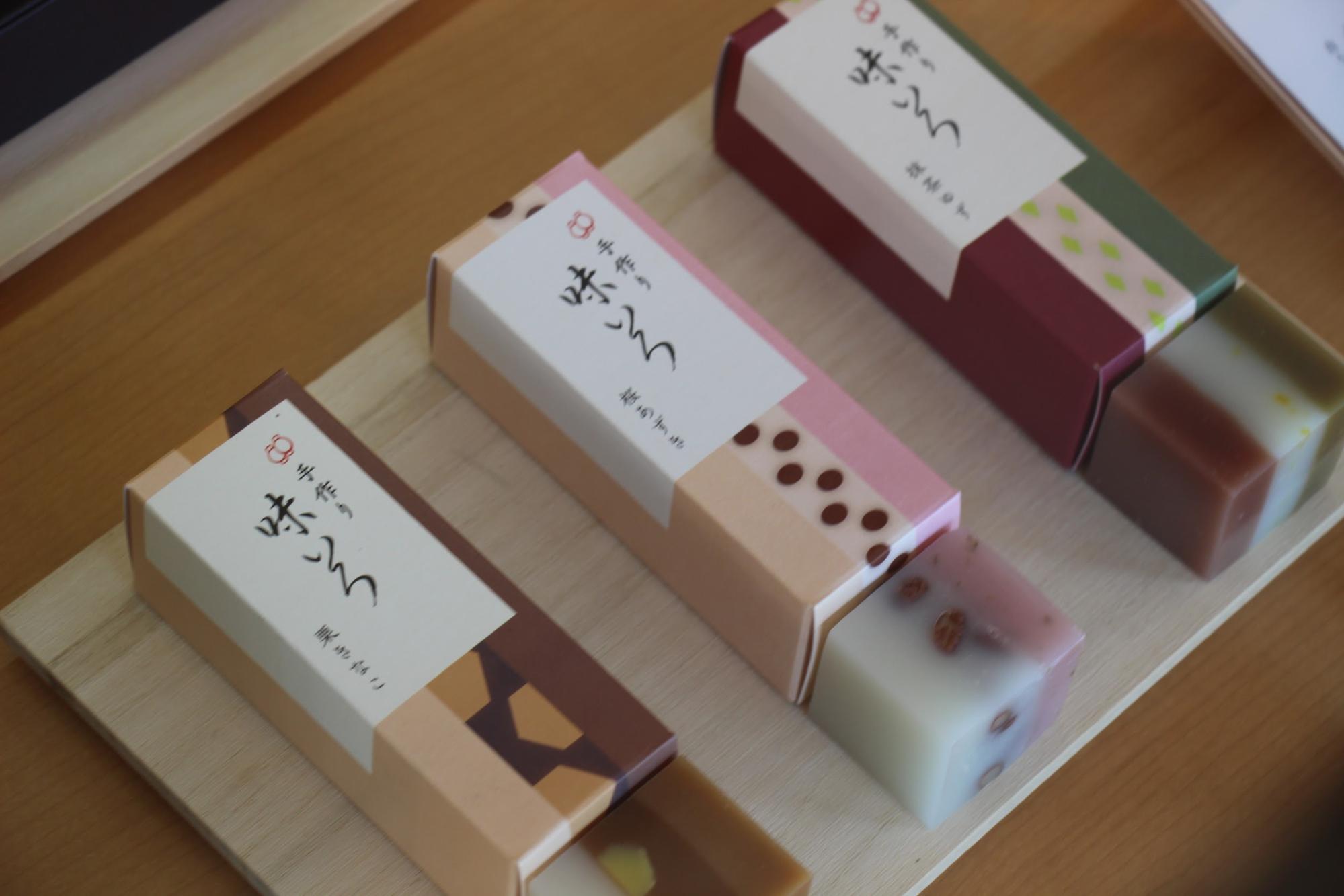
Ajiiro
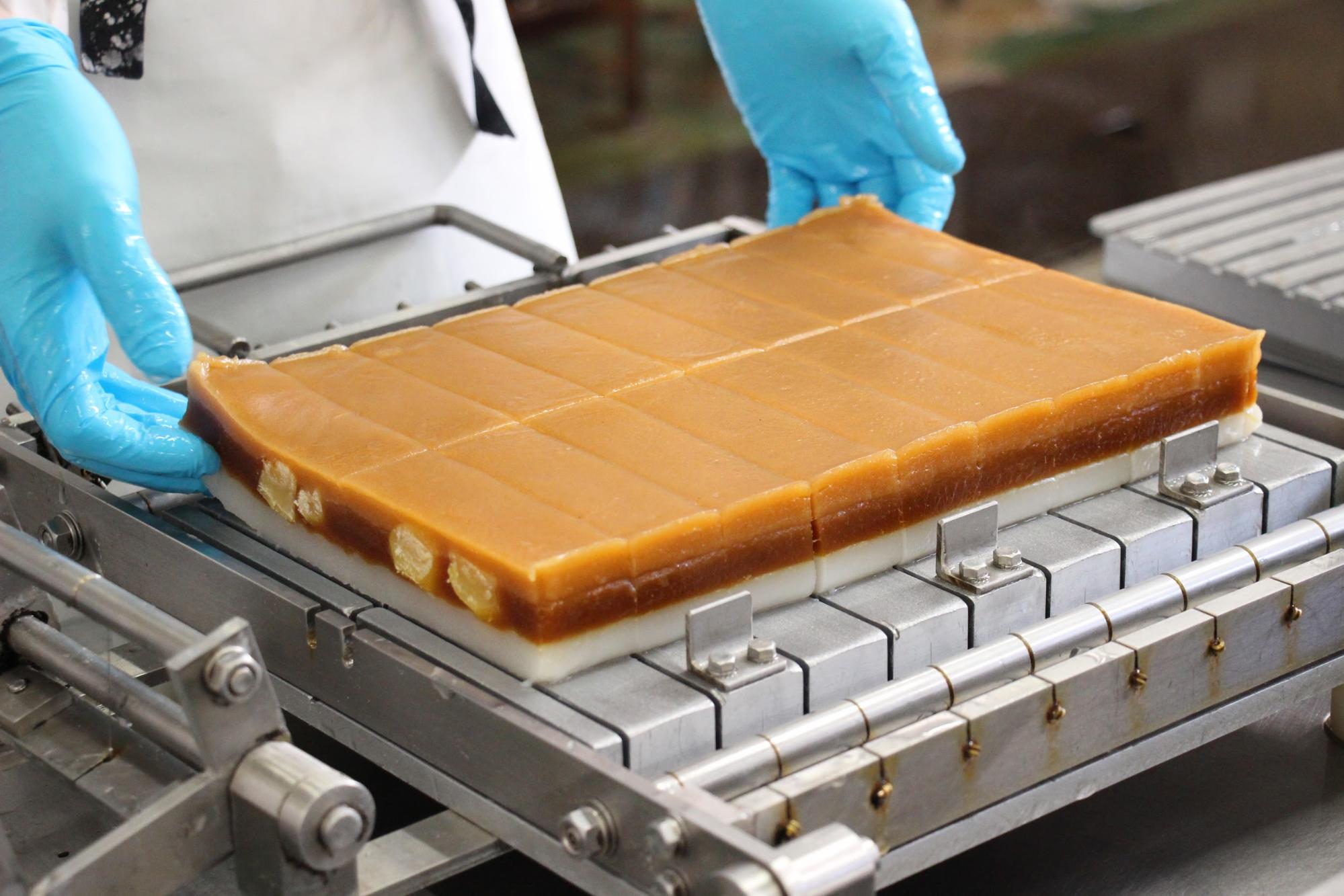
At Osu Uiro, some parts are mechanized, but the old-fashioned manufacturing is also important. In particular, this "Ajiiro" is made by craftsmen from the traditional method of steaming in a bamboo steamer to the final cutting process.

On this day, they were making “Kuri Kinako”, which is a simple and fragrant soybean paste layered with black uiro sprinkled with chopped chestnuts. After the first layer is steamed, the second layer is poured over it, and after steaming, the third layer is added. Above all, the process of stacking three layers is where the craftsmanship shines. Ajiiro is completed through various processes.
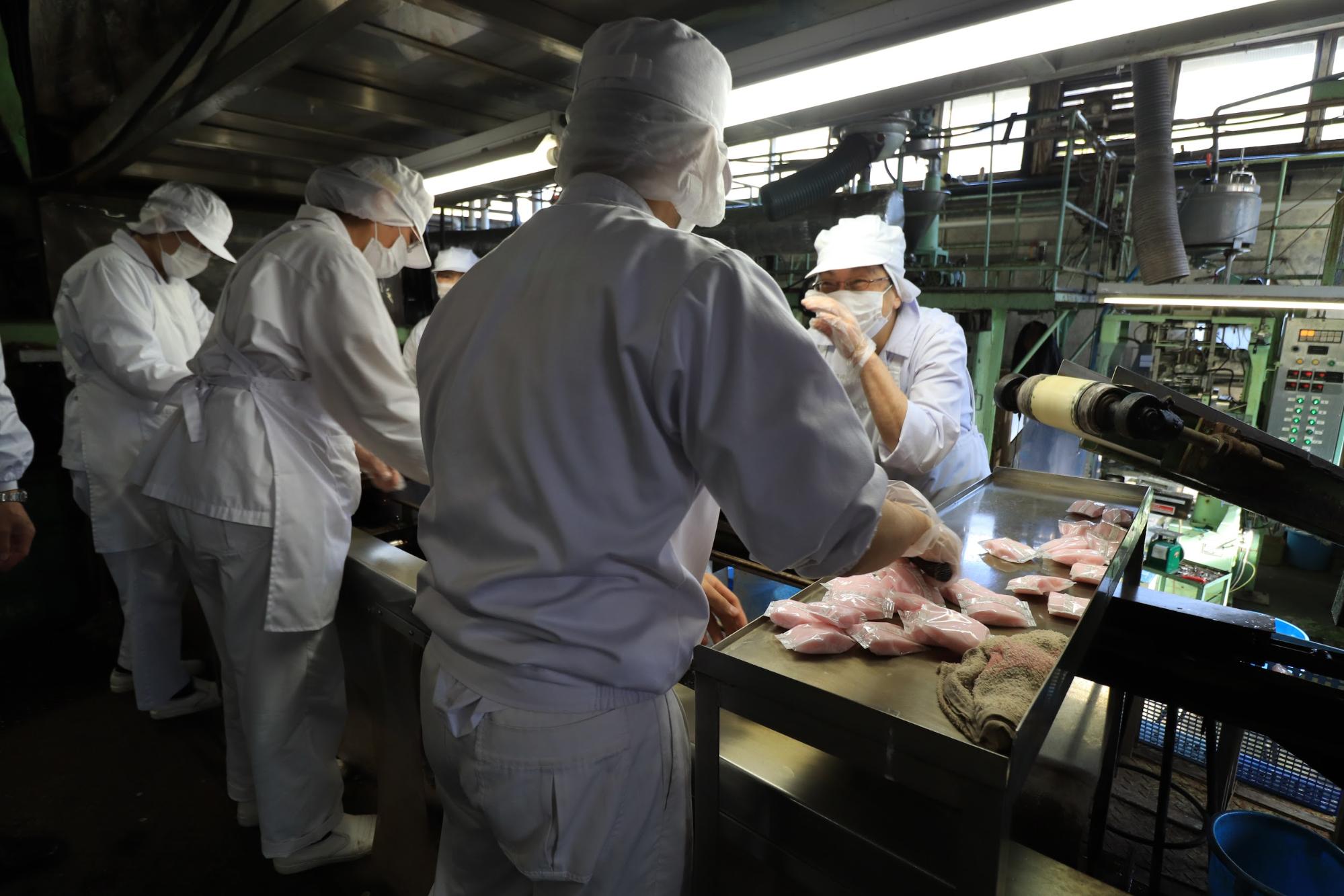
Next, we went to the production site of "Hitokuchi Uiro".
Murayama: "One of the challenges in making 'Hitokuchi (bite-size) Uiro' was finding a bite-sized 'film'. It took four years to develop this film. First of all, we focused on "easiness to cut" and then "wide temperature difference". We didn't want to give up the stickiness that is unique to Uiro, so we reviewed the raw materials of the film, and as a result of trial and error, we were able to create a film that cuts well and doesn't stick to Uiro. ”

"Hitokuchi Uiro Nairo"
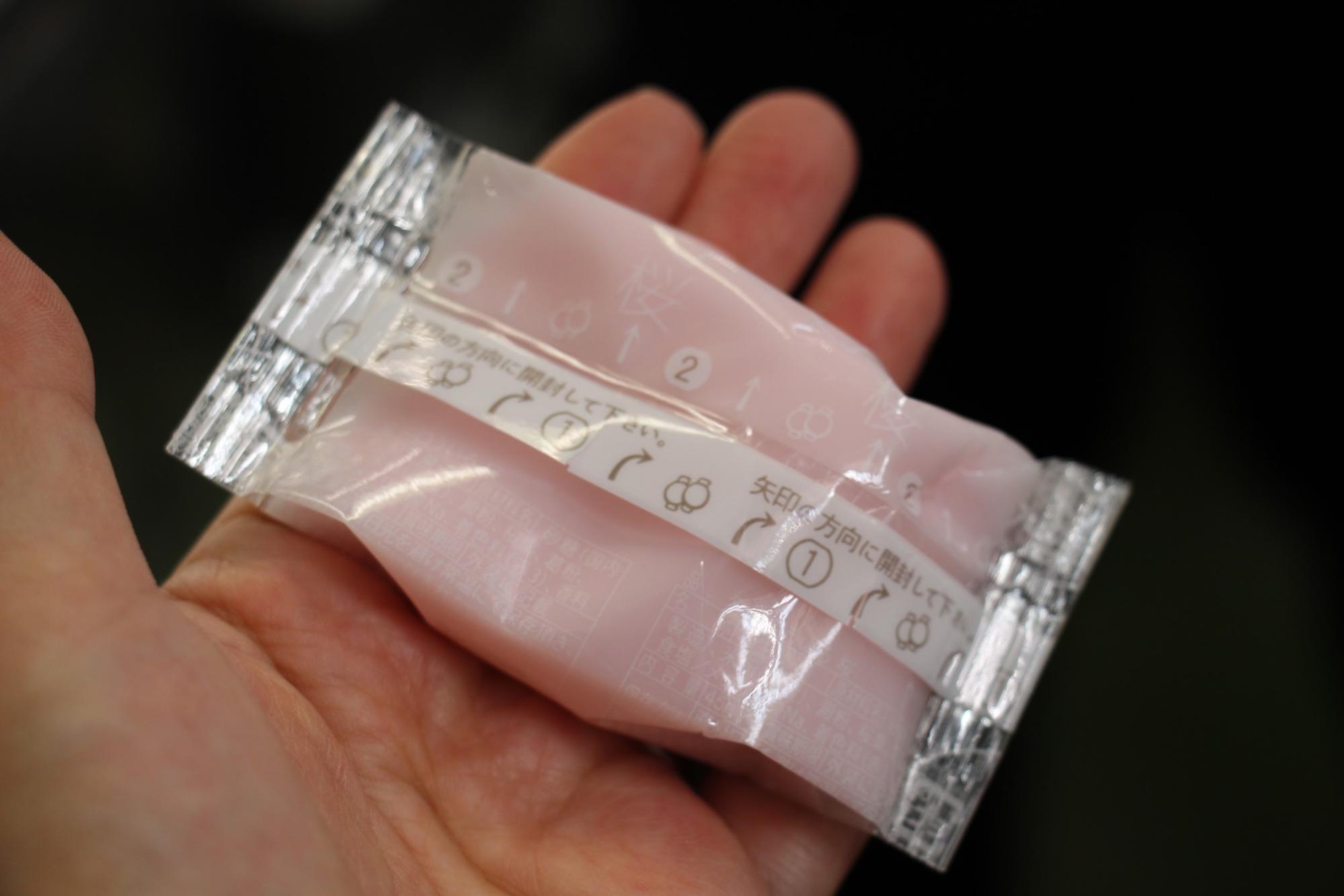
This is a bite-sized uiro that has just been made. It's still very warm!
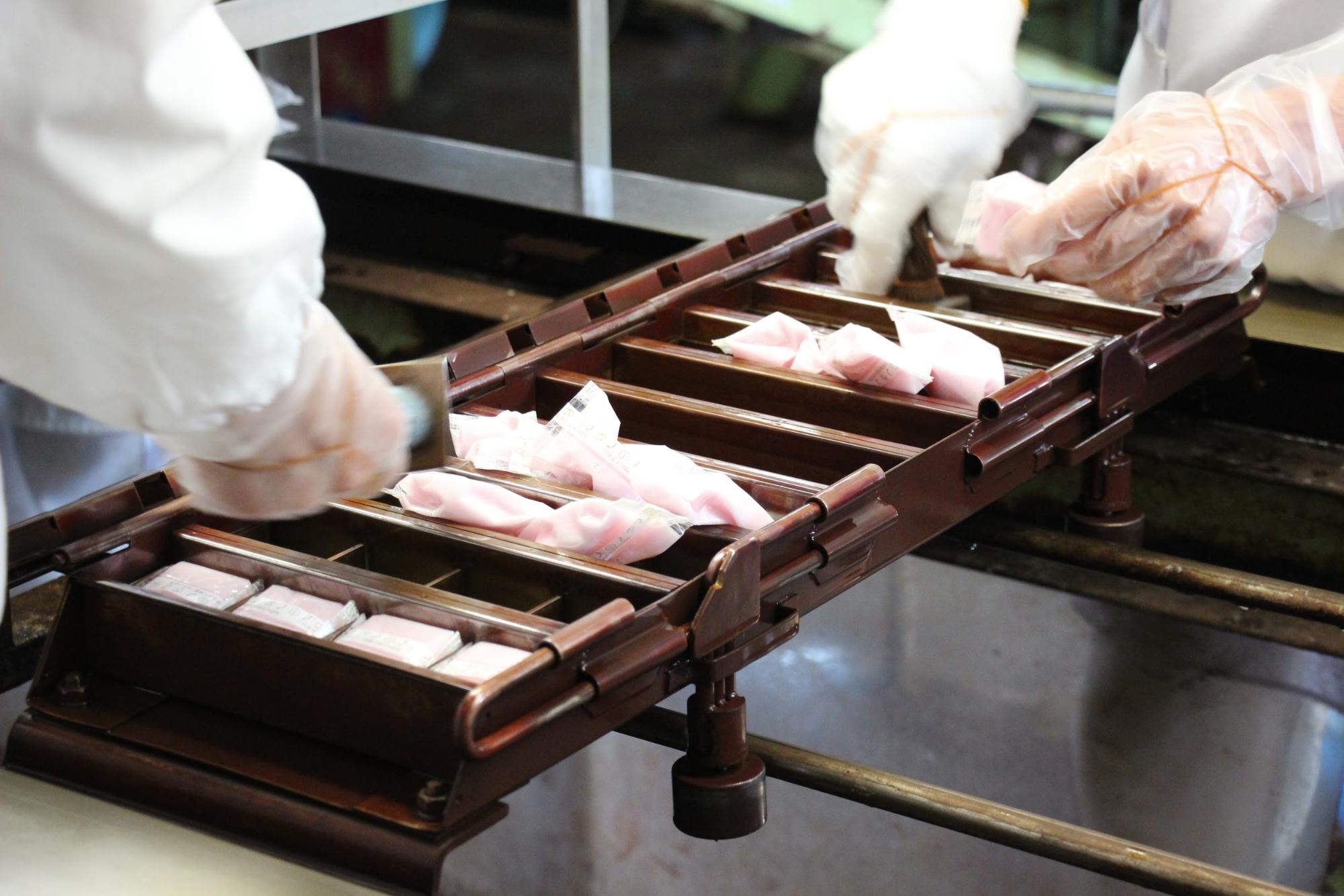
The finished Uiro is then put into a mold one by one by the hands of the craftsman.
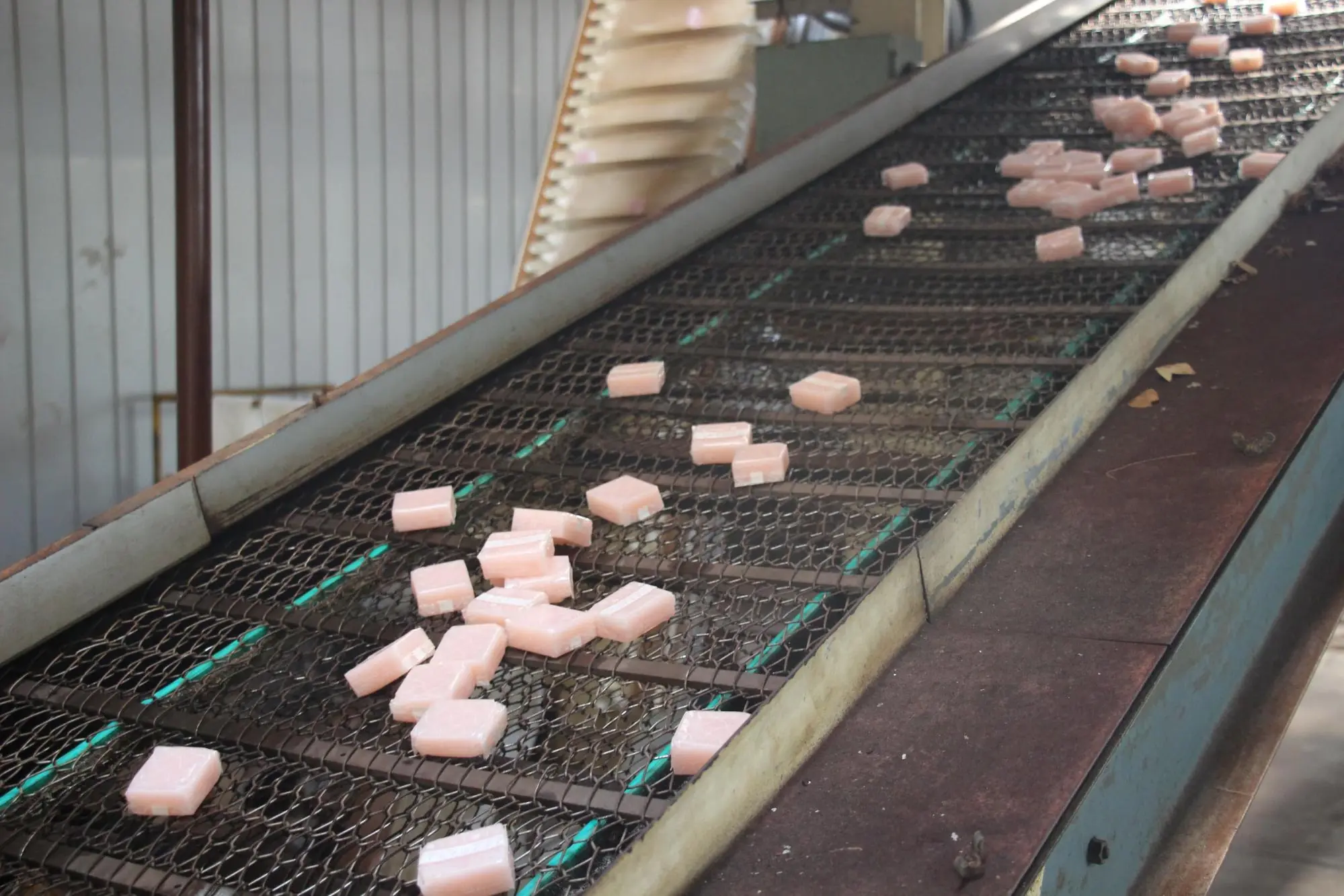
Here comes the finished uiro. Knowing the manufacturing process makes us feel kind of loving.
Murayama: "Because of this opportunity, please try to taste freshly made uiro! We rarely eat uiro before it hits the shelves, but this is truly freshly made."
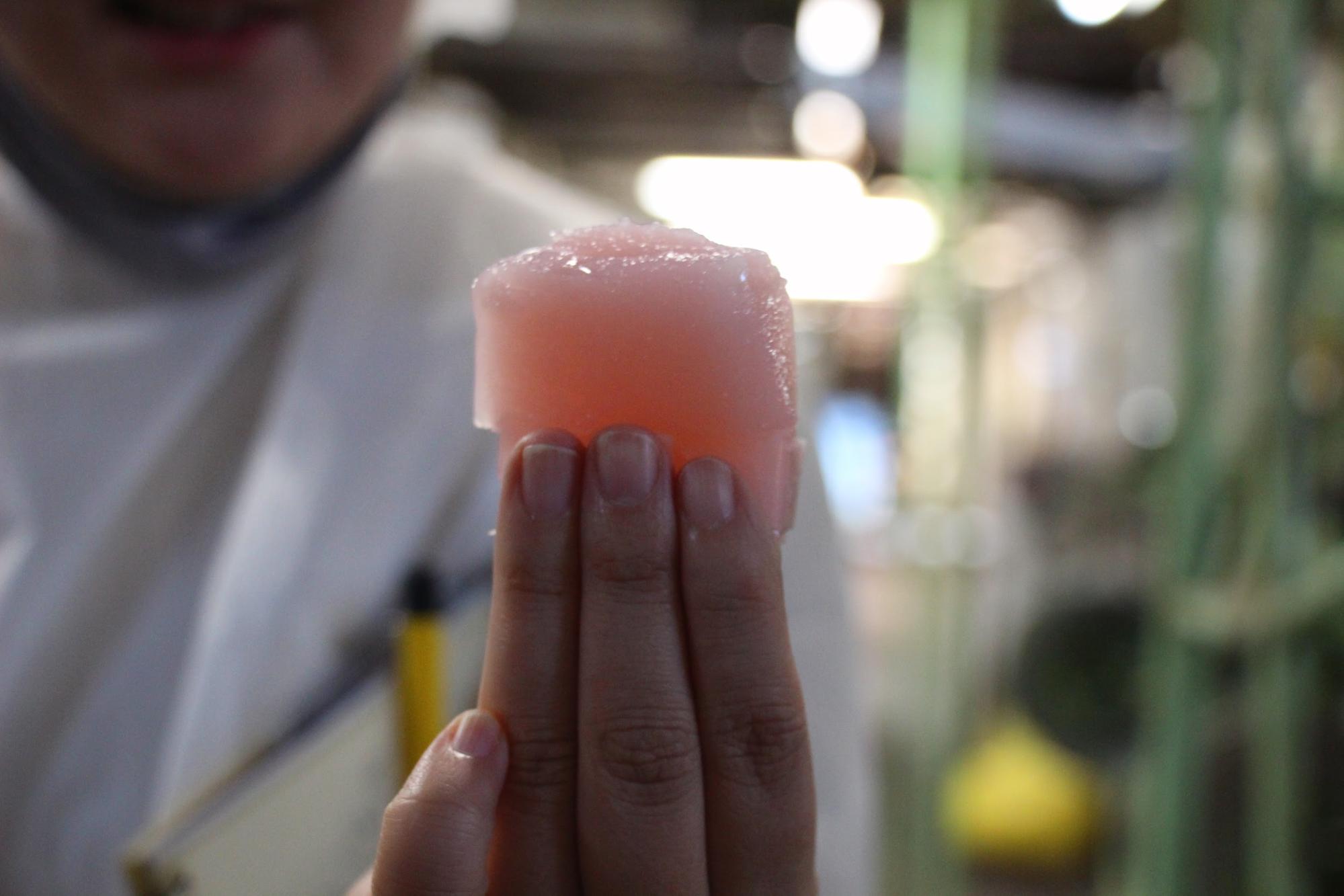
Ta-da!
This is a genuine freshly made Uiro. It's so plump and still warm. It was so delicious.
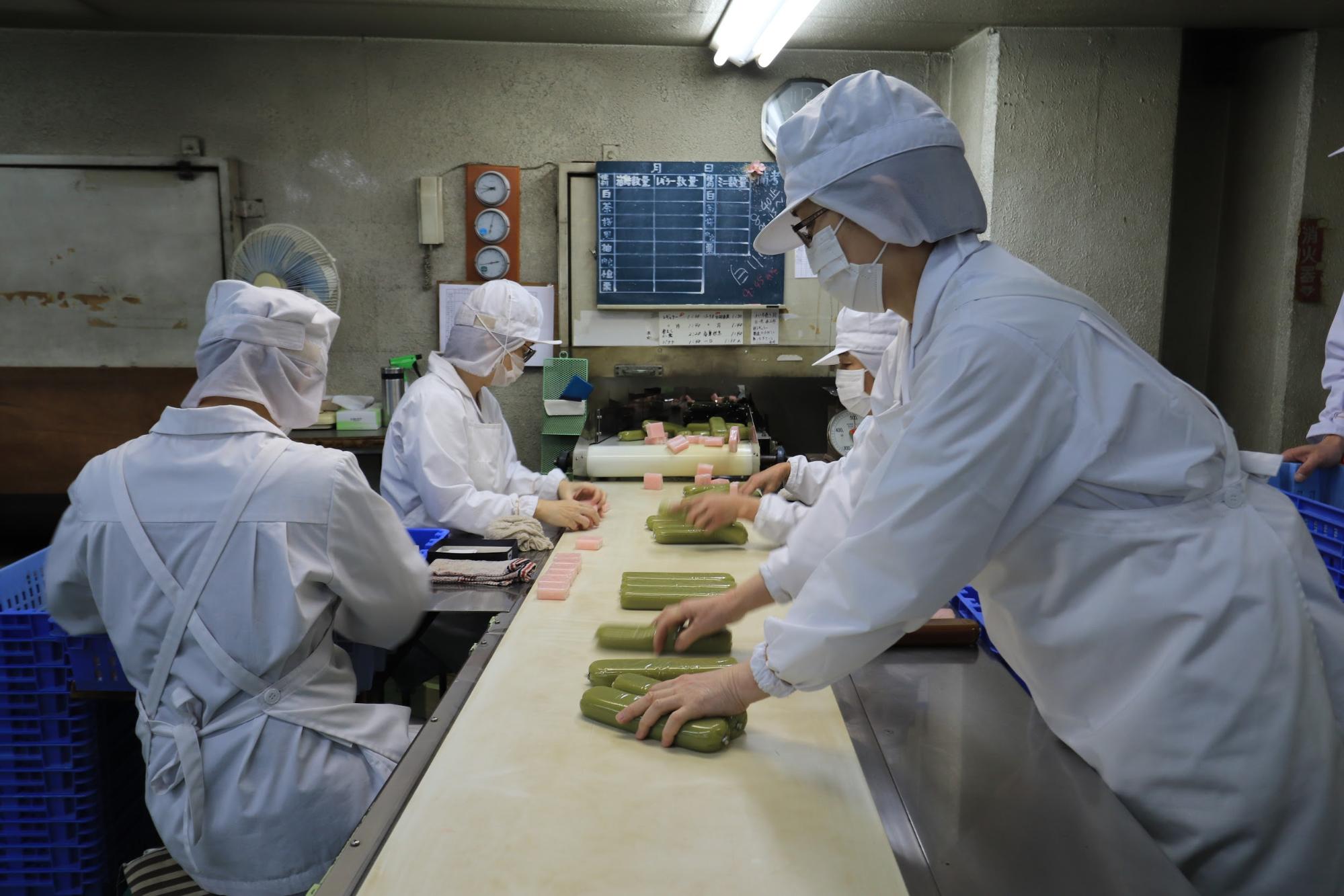
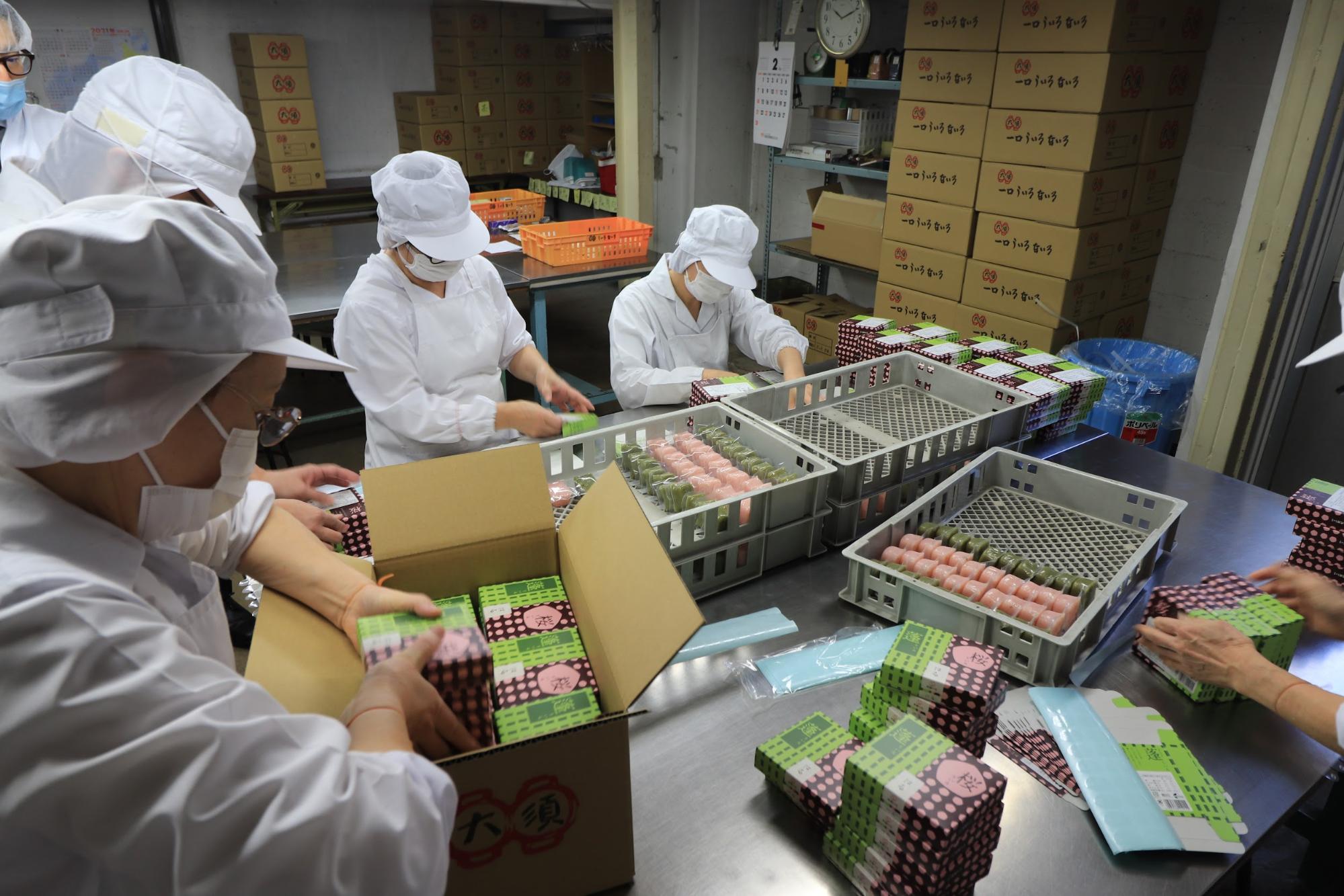
The finished Uiro is packed one by one in a box and it is finally completed. Uiro made by craftsmen with love is shipped and delivered to people all over the country.
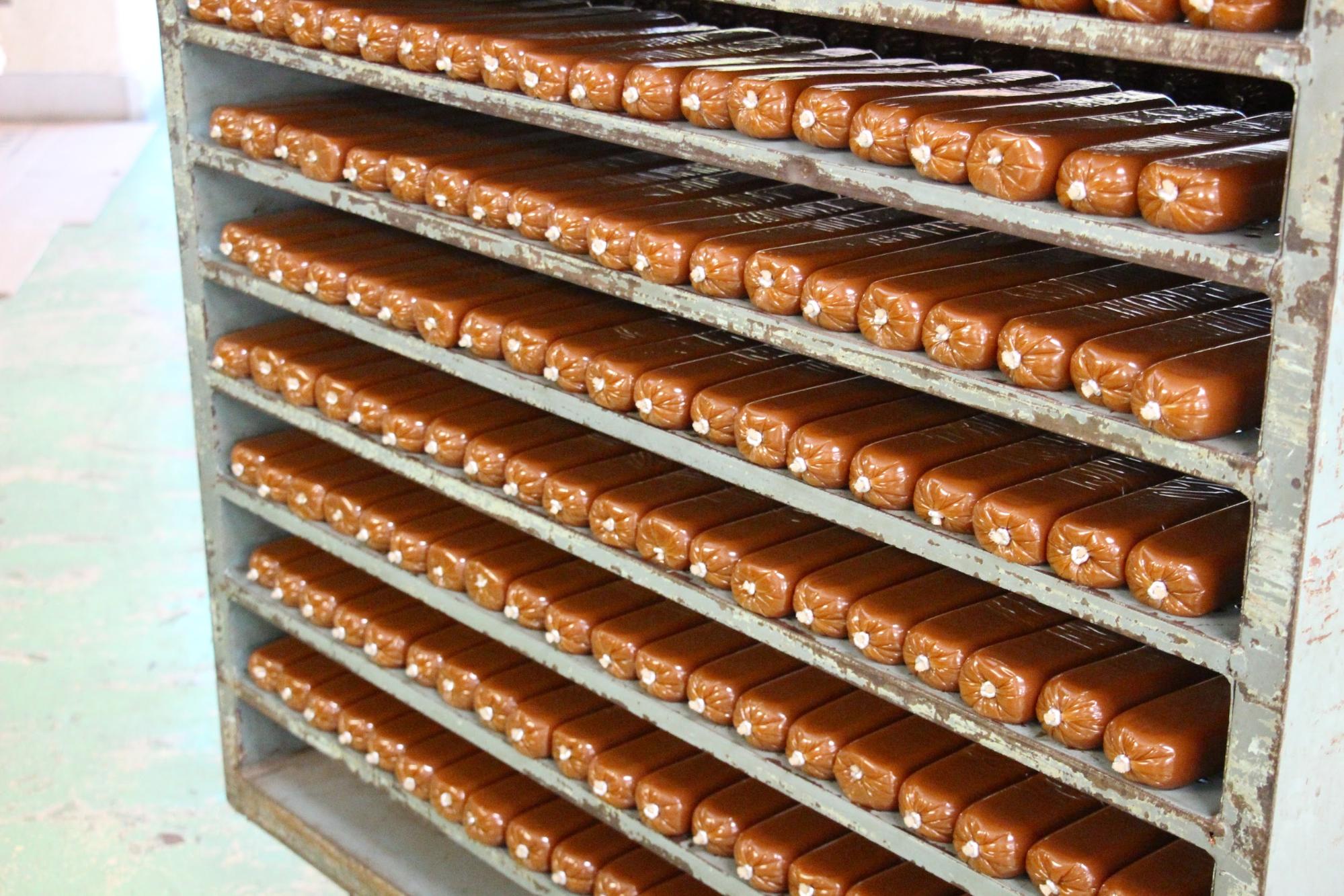
The standard “Sao Uiro” is also a masterpiece when lined up like this!
When we actually visited the factory, we were able to see how much handwork is involved. In addition, the materials used differ depending on the season and climate.


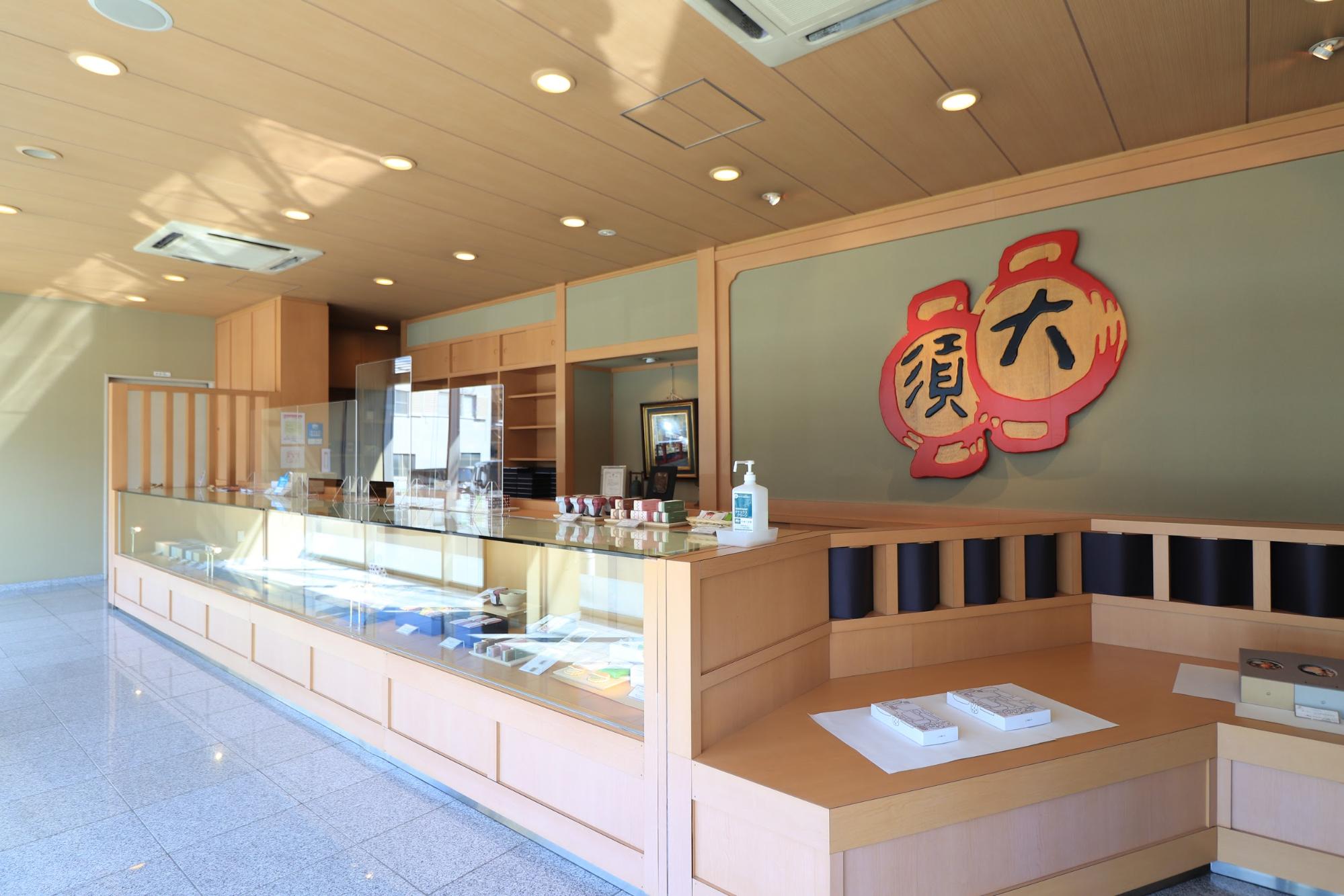
![[Industrial Museum & Factory Tour] Learn the Manufacturing in Tokai Area!](https://life-designs.jp/wp/wp-content/uploads/2019/06/w1920x1088_factory-1024x580.jpg)
![[Nagoya] "Oriental Curry", A Long-selling Curry Brand in Japan!](https://life-designs.jp/wp/wp-content/uploads/2020/12/b9465f16c340f734453e4bf281dfc6c9-2-300x200.jpg)
![[Handa city] Discover Handa's Sake Brewing Culture at "Kunizakari Sake no Bunka-kan"](https://life-designs.jp/wp/wp-content/uploads/2021/10/image9-17.jpg)
![[Mizuho-ku, Nagoya] Learn about the History of Brother's Manufacturing at the "Brother Museum"](https://life-designs.jp/wp/wp-content/uploads/2021/12/image9-2-700x467.jpg)
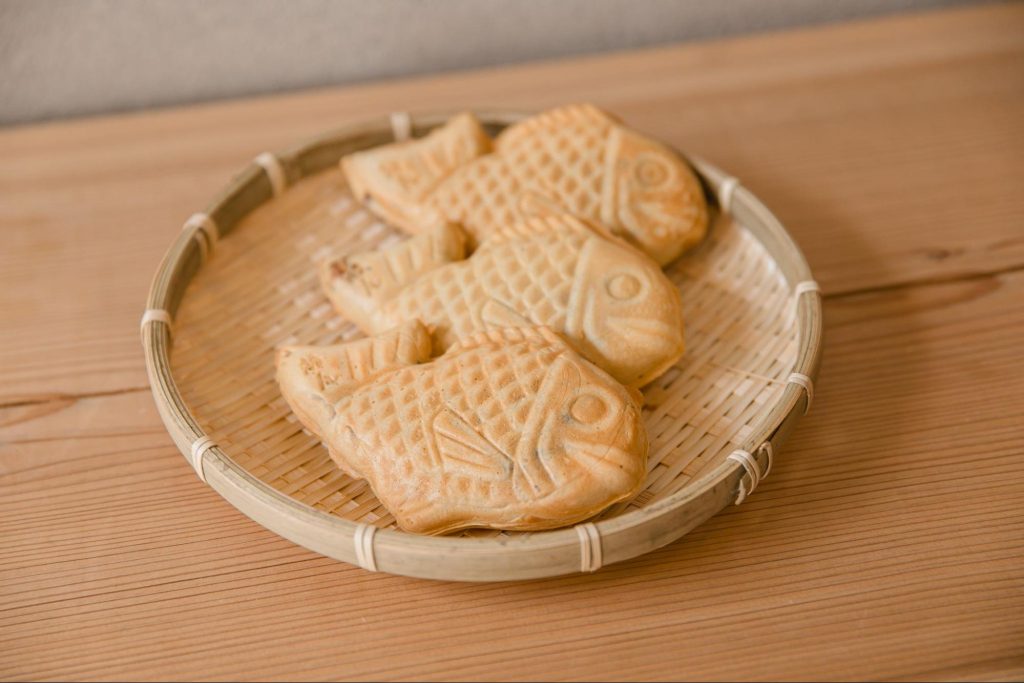

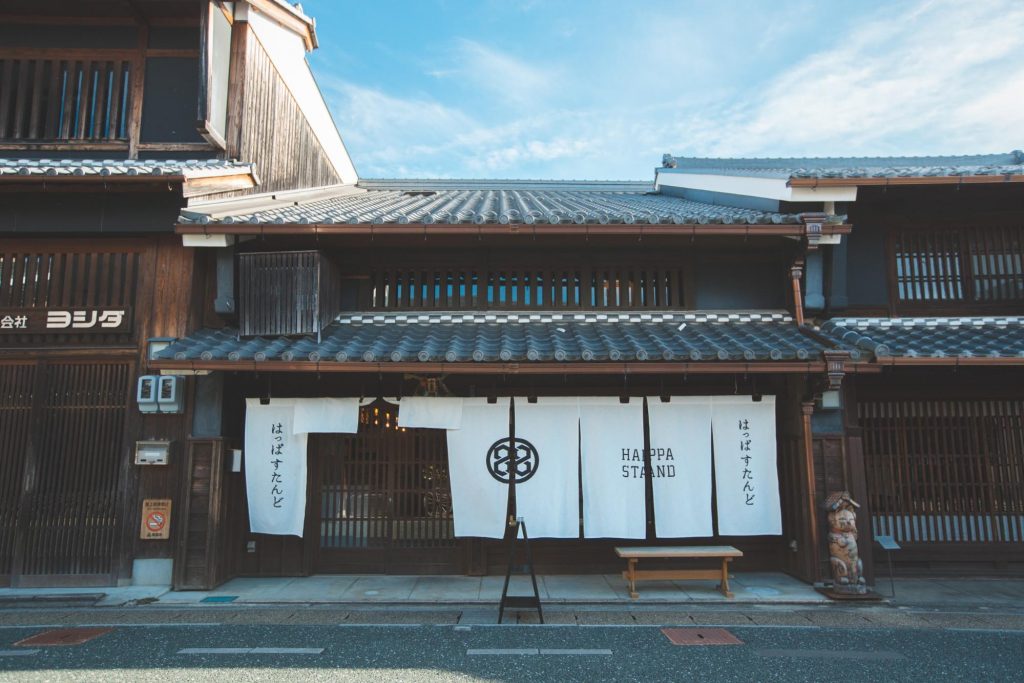
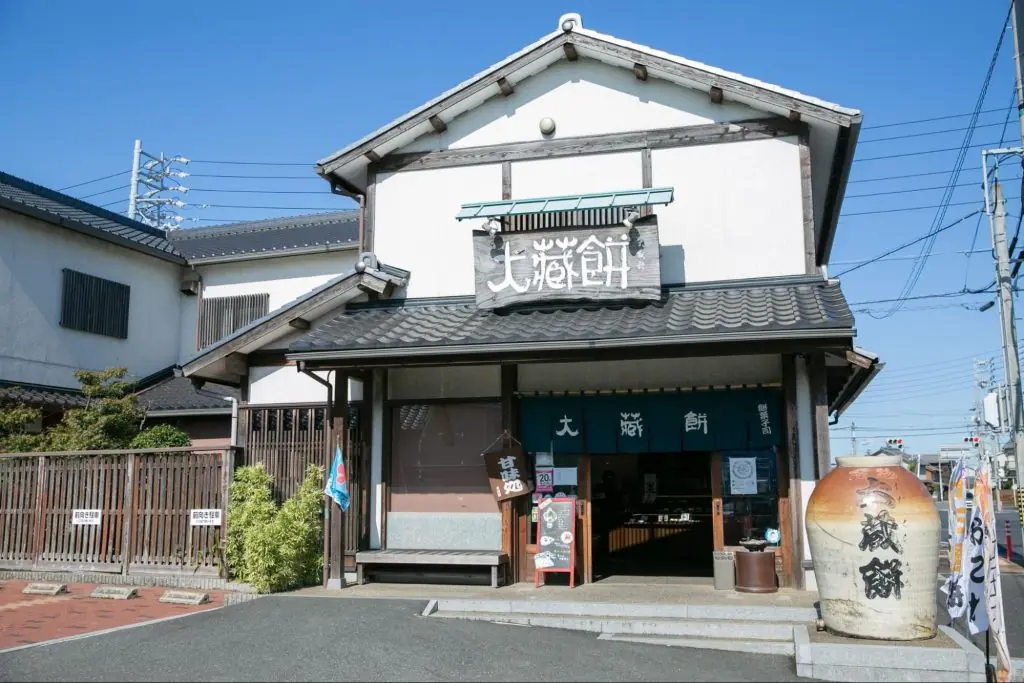
![[Nagoya, Osu] 5 Selections of Japanese Sweets that are Perfect in Summer!](https://life-designs.jp/wp/wp-content/uploads/2020/08/FotoJet-83-1024x683.jpg)
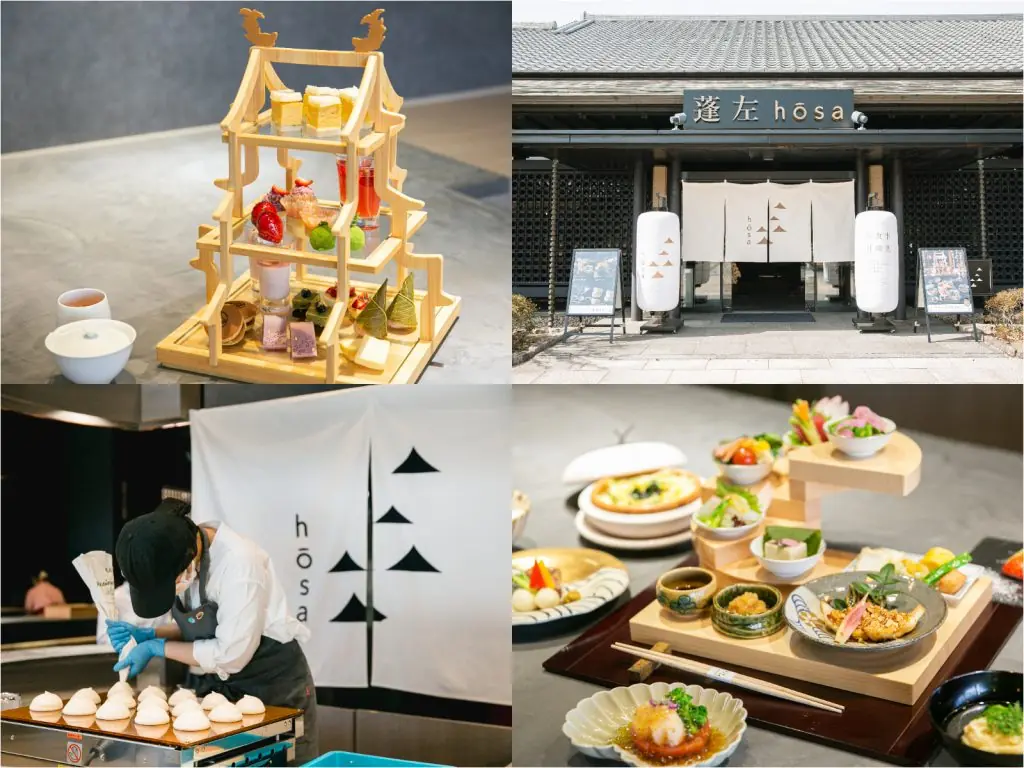
![[Tokoname] Hove you Tried the Topical "Toilet no Saichu" by Japanese Sweets Shop Ohkura Mochi?](https://life-designs.jp/wp/wp-content/uploads/2021/12/89ddd4f0350fb5754aaac4a1487a261d-1-1024x683.jpg)
![[Ichinomiya] Japanese Sweets Making Experience "Okashi Tsukasa Kameya"](https://life-designs.jp/wp/wp-content/uploads/2023/10/image36-1-1024x684.jpg)

![[Indoor Facilities] Where to Go on Rainy Days in Tokai Area! For Family Outings!](https://life-designs.jp/wp/wp-content/uploads/2023/07/FotoJet-23.jpg)





![[Nagoya-meshi] Nagoya's Speciality Dishes](https://life-designs.jp/wp/wp-content/uploads/2022/06/5ba2ca8c038fd4af7527bc0826367cfb-768x435.png)
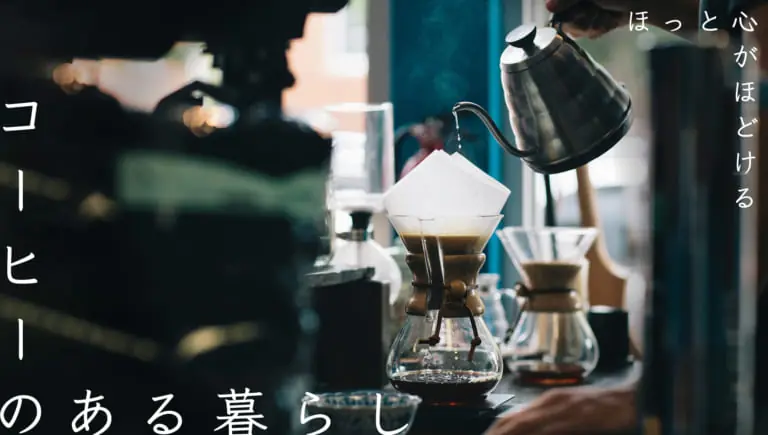
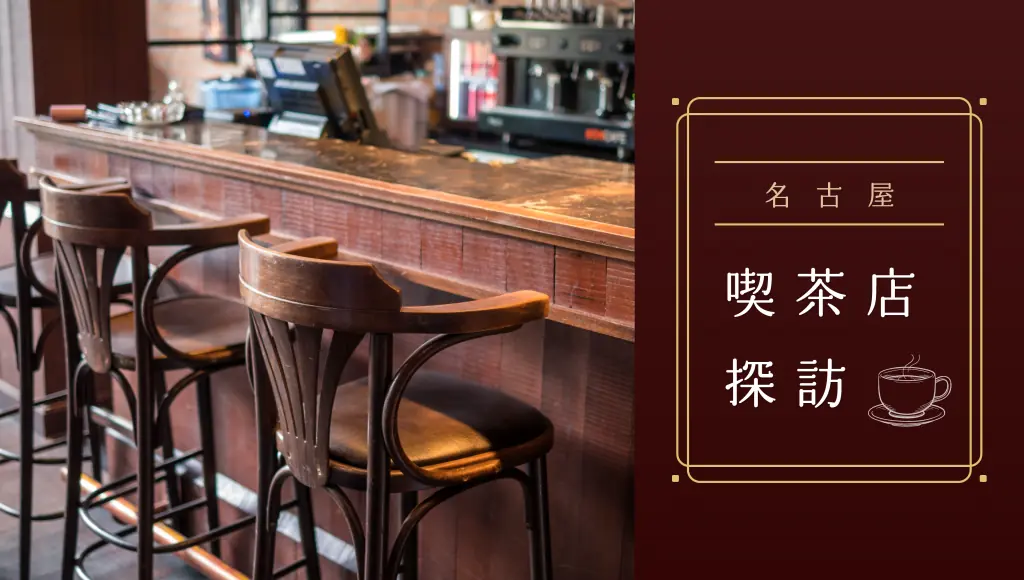
![[Special Feature] Enjoy Your Day at a Park!](https://life-designs.jp/wp/wp-content/uploads/2019/12/LD_banner_w1920x1088_park-1-1024x580.jpg)
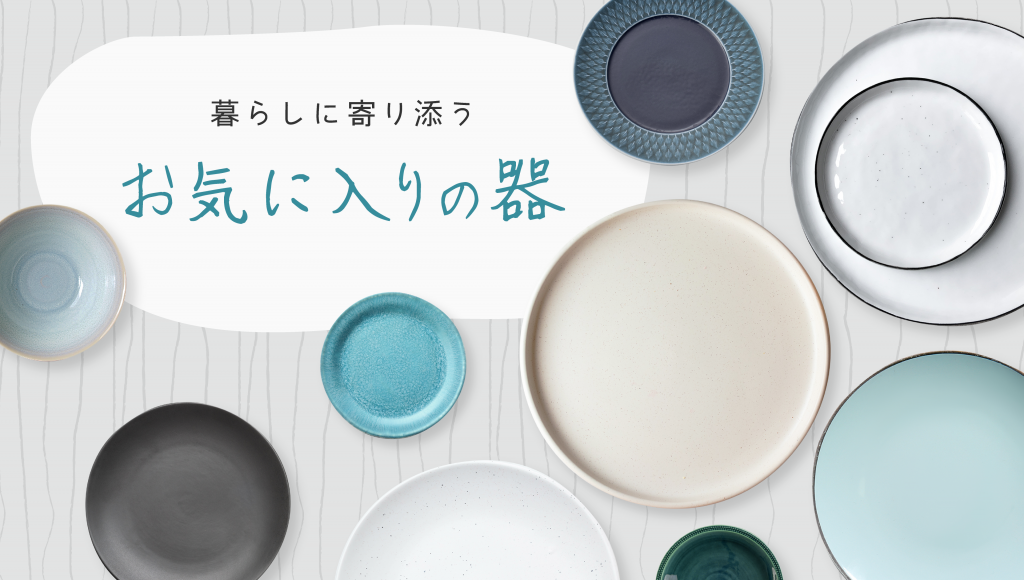
![[Special Feature] Enjoy Outdoor Activities!](https://life-designs.jp/wp/wp-content/uploads/2019/12/LD_banner_w1920x1088_outdoor-1-1024x580.jpg)


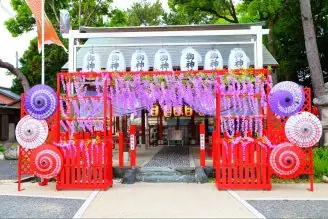
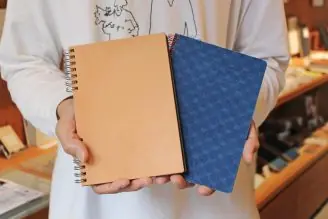
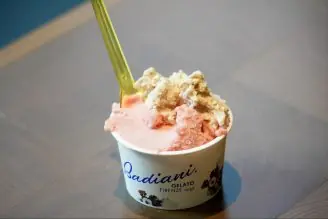
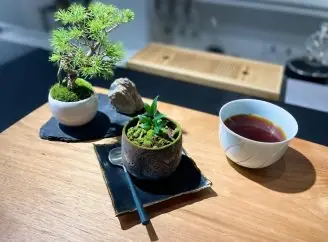
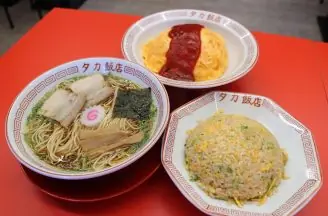






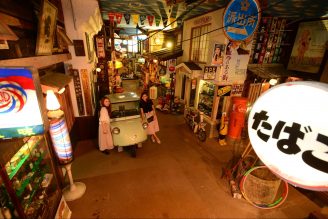
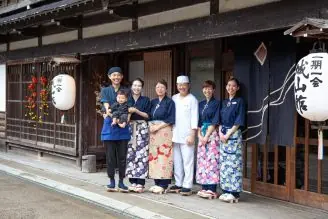
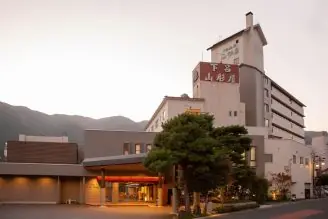

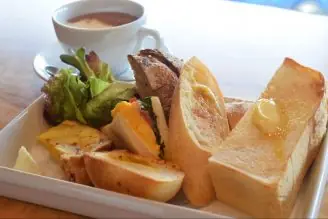



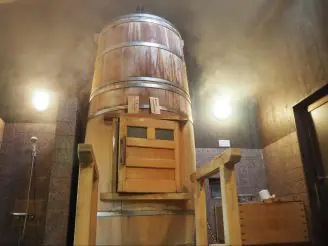


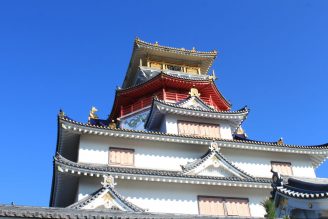
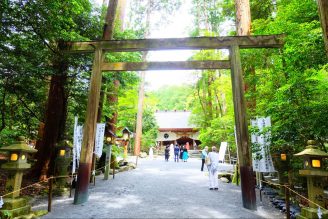



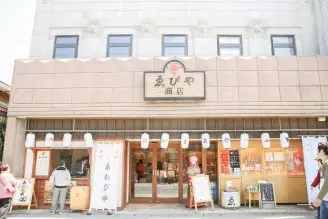
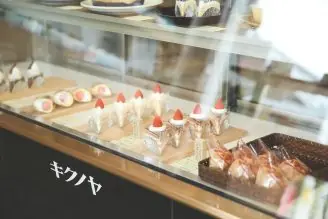
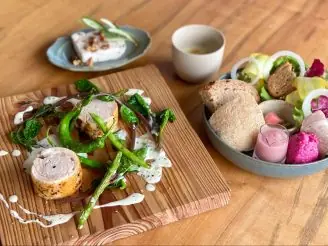
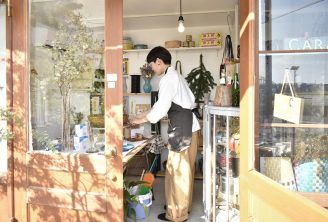


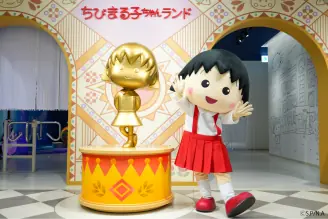



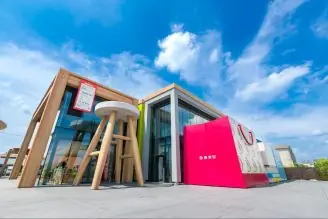




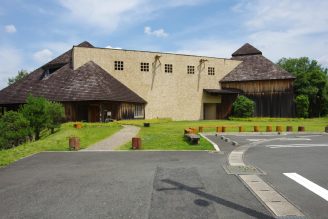

![[Indoor Facilities] Where to Go on Rainy Days in Tokai Area! For Family Outings!](https://life-designs.jp/wp/wp-content/uploads/2023/07/FotoJet-23-1024x768.jpg)
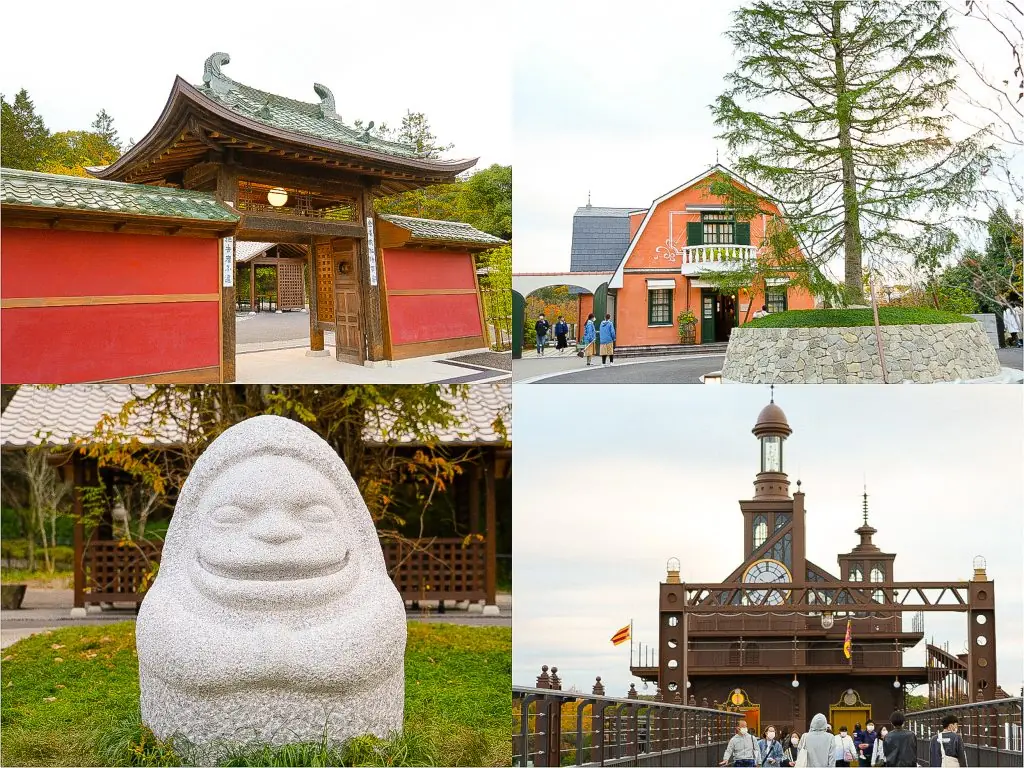
![[20 Selections] Nagoya Souvenirs: Non-Sweet & Recommended Snacks Available at Nagoya Station](https://life-designs.jp/wp/wp-content/uploads/2025/07/image3-2-1024x683.jpg)
![[Aichi, Gifu, Mie] 30 Family-Friendly Spots to Go in Winter!](https://life-designs.jp/wp/wp-content/uploads/2019/12/image21-1-768x543.png)
![[Within 2hrs by Car] 12 Outing Areas where You can Go on a Day Trip from Nagoya!](https://life-designs.jp/wp/wp-content/uploads/2023/07/odekake12_w1200h900_20240422-328x246.png)
![[Nagoya, Aichi] Recommended Shops to Buy Tablewares around Nagoya](https://life-designs.jp/wp/wp-content/uploads/2019/11/image12-26-150x100.jpg)
